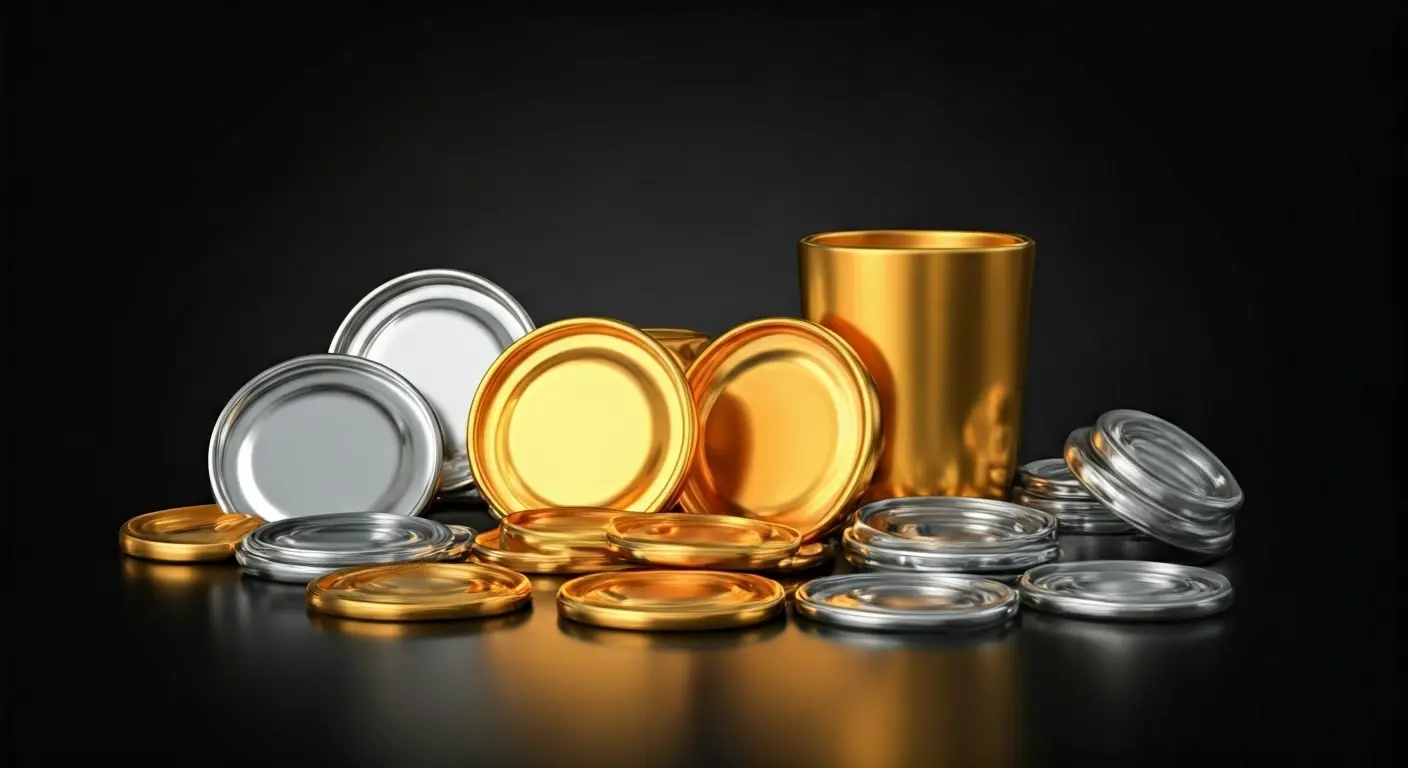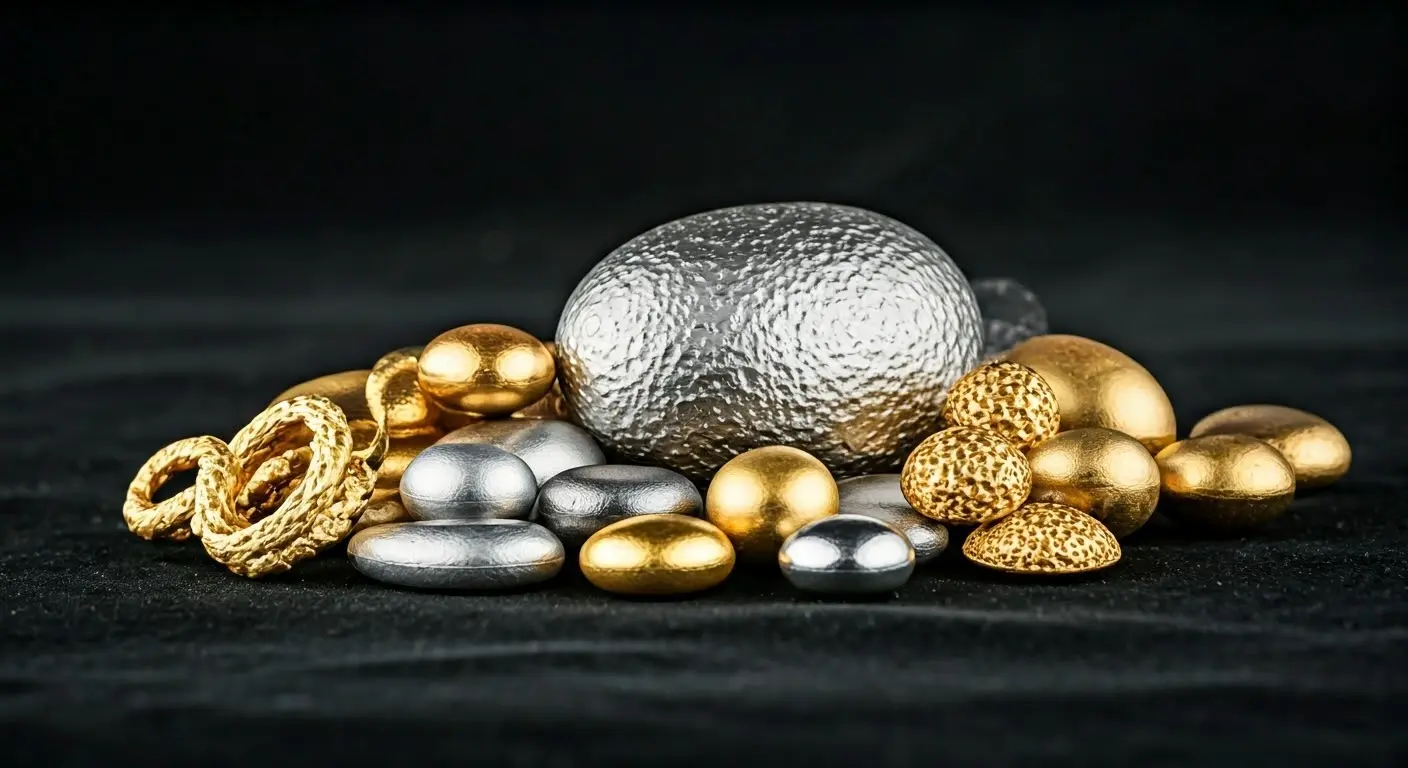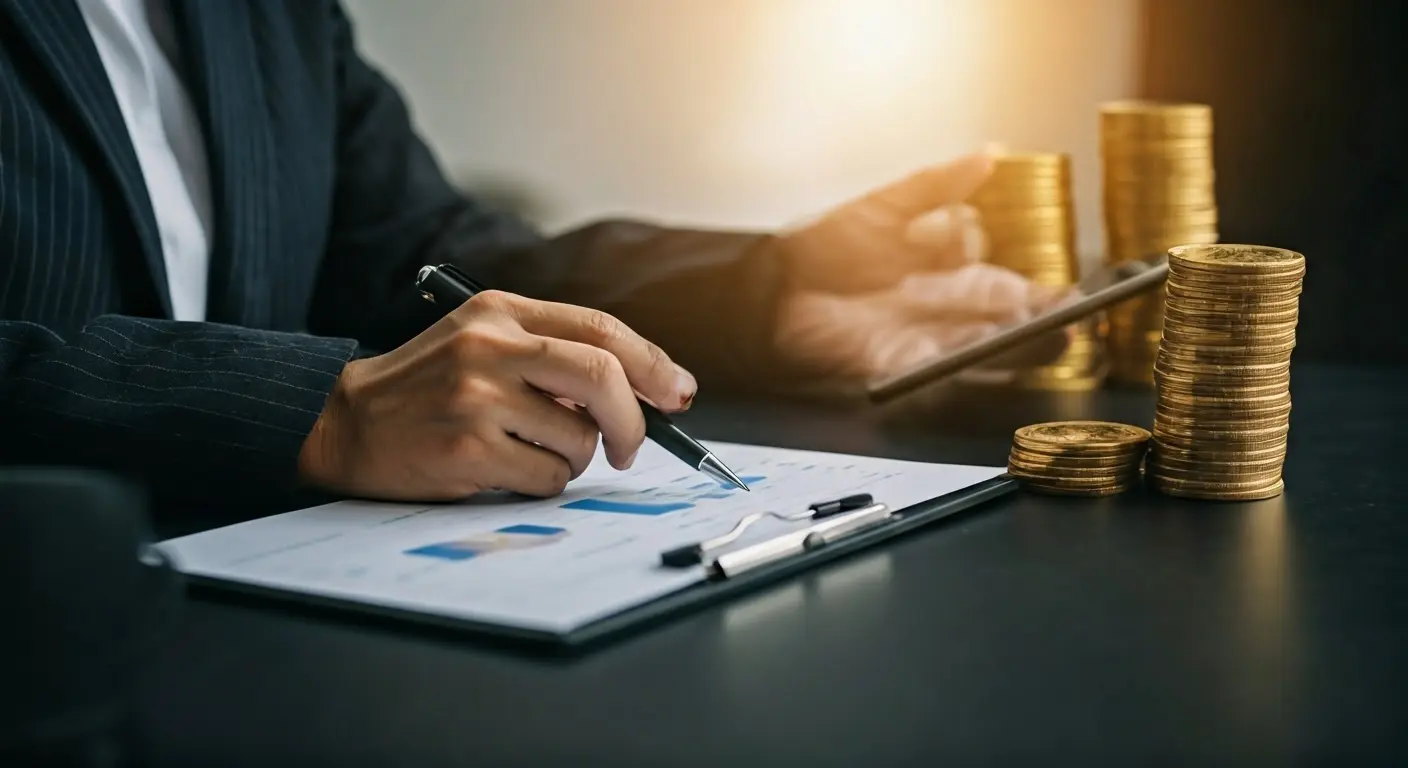
Introduction
In finance and investment, many people are drawn to precious metals. These metals have high economic value and attract both investors and collectors. Their rarity and beauty make them highly sought after. Gold is known for its shine, while platinum is prized for its many uses. Precious metals remain popular for those who want assets that stand the test of time.
Understanding Precious Metals and Their Importance
Precious metals have been necessary to people throughout history. They do not rust or change easily, making them perfect for jewellery, coins, and art. But what is a precious metal, and why do we value them?
In simple terms, precious metals are natural elements that are worth a lot of money. They are rare and have unique properties that make them useful in many industries and for different purposes.
The Definition and Significance of Precious Metals
Often called noble metals, precious metals do not corrode or oxidize quickly. They are valued for their shiny look, high melting points, and strong durability. This toughness has made them a sign of wealth and success over time.
One of the most precious metals is gold. It has been a popular investment and value store for thousands of years. Gold has also been used as money, making it a safe choice during economic uncertainty. Another important precious metal is silver. People admire silver for its beauty and also use it in various industries.
Precious metals have been key in shaping economies and affecting global trade from ancient times to today. Their attraction goes beyond countries, making them a common symbol of value and honour.
Historical and Contemporary Use of Precious Metals
The use of precious metals has a long history that connects closely to human culture. The ancient Egyptians were famous for their beautiful gold jewellery. They thought gold had unique qualities. Silver coins were also important. Many empires and kingdoms used them as legal tender for many years.
Today, precious metals are not just found in jewellery. They are also crucial in technology, industry, and finance. Their unique characteristics make them useful in electronics, dentistry, medicine, and aerospace engineering.
For example, gold is excellent for electrical contacts in devices because it conducts electricity well and does not corrode. On the other hand, silver has reflective properties that are used in mirrors and coatings. Its antibacterial properties also make it valuable for medical tools.
The Variety of Precious Metals
The world of precious metals goes beyond just gold and silver. While we know about these two, there are many other valuable metals. Each of these metals has unique features that make them sought after in the global market.
For example, platinum is powerful and lasts long. Palladium is gaining attention for its uses as well. The different types of metals in the precious metal category open up many chances for investment and industrial use. Let's look at what makes these metals unique.

Gold and Its Timeless Value
Gold is a beautiful and rare metal that people have valued for a long time. Its shine and beauty make it unique. Investors like gold because they can own something real, like gold bars or coins with an essential history.
Gold coins often have detailed designs and symbols from countries. This gives them extra value, making them popular among collectors. Gold bars, measured in troy ounces, make it easy for investors to buy and keep more significant amounts of gold.
Gold prices can change. However, it has lasting worth and is considered a safe choice during tough economic times. In a market that shifts a lot, gold remains a steady place to store value, so investors want to add it to their other investments.
Silver - The Versatile Metal
Silver is a precious metal often overlooked compared to gold. It is very versatile and helpful in many ways. It is beautiful for fine jewellery and essential in different industries. Silver has excellent electrical and thermal conductivity, making it valuable for electronics and solar panels.
Its reflective properties are key for making mirrors, telescopes, and optical tools, giving a perfect finish to many products. While its use in photography has decreased with digital technology, silver still has a significant history in capturing moments.
Silver serves two essential purposes, unlike precious metals that people mainly buy for investment. It helps drive industrial innovation and is also a popular choice for those looking for precious metal bullion, like silver bars and coins. Its usefulness and beauty keep it relevant and appealing over time.
Exploring the Platinum Group Metals
Beyond the well-known shine of gold and silver, a group of metals is just as enjoyable. These are the platinum group metals (PGMs). There are six of them: platinum, palladium, rhodium, ruthenium, iridium, and osmium. They have similar qualities and can often be found together in certain mineral deposits.
These metals are known for having high melting points and density. They also resist wear very well. Because of these traits, they are essential for many industrial uses. You can find them in auto parts like catalytic converters and electronics making. Their rarity and specific purposes make them key parts of today’s technology.
Platinum: For Investment and Industrial Use
Platinum is a shiny, silver-white metal. It is a unique metal in the world of precious metals. People value it for investment and its essential role in many industries. Platinum belongs to the platinum metal group. It is known for its strong durability and resistance to corrosion.
In the automotive industry, platinum is essential. It is a key part of catalytic converters. These help reduce harmful emissions in cars. Platinum can handle high temperatures and harsh conditions, which makes it essential for this use.
Platinum is also used in medical devices like pacemakers and dental implants. Its ability to resist corrosion and be safe for the body makes it a good choice. Its strength and natural white look make it popular for rings, earrings, and more in jewellery. As a precious metal, platinum can protect investors from inflation and economic problems.
Palladium and Rhodium: Emerging Favorites in the Market
As the need for precious metals changes, palladium and rhodium have become more prevalent in recent years. Like platinum, these metals have unique qualities that make them important.
Palladium can absorb hydrogen very well. This makes it essential for catalytic converters, which help cut harmful emissions from gasoline cars. With more people wanting eco-friendly vehicles, palladium's price has increased lately. This has caught the eye of investors looking for different ways to invest.
Rhodium is very rare and has a shiny white look. It is mainly used as a catalyst in the automotive industry to lower nitrogen oxide emissions. Rhodium is very hard and has a high melting point. This makes it a great partner for mixing with platinum and palladium to make them more durable.
Lesser-Known Precious Metals
While gold, silver, and platinum get much attention, other critical precious metals should not be ignored. Metals like ruthenium, iridium, and osmium have unique traits and uses that are very useful in high-tech fields.
These lesser-known metals help make alloys stronger and support new technology. Their rarity and specific applications make them key players in today’s industry and research.
Iridium, Osmium, and Ruthenium: The Rare Finds
Iridium, osmium, and ruthenium are lesser-known rare precious metals with unique characteristics. They are usually found as byproducts when mining platinum and nickel. These metals are valuable for special applications due to their distinctive features.
Iridium has the highest melting point of all elements. It is very dense and does not corrode easily. Because of these traits, it is excellent for high-performance spark plugs, crucibles used to grow crystals and unique electrodes.
Osmium is the densest naturally occurring element. It is very hard but also brittle. It is used where exceptional durability is needed. Osmium is often combined with other platinum group metals. This combination makes them more challenging and more resistant to wear. Typical uses include electrical contacts and the tips of fountain pens.
Ruthenium helps make platinum and palladium harder. It is also used as a catalyst in many chemical reactions. Its uses range from making ammonia to developing anti-cancer drugs. This shows how versatile it is in research and industry.
The Role of Rarer Metals in Technology and Industry
The unique characteristics of rarer precious metals like iridium, osmium, and ruthenium have earned them a prominent place in various technological and industrial applications. Their high melting points, exceptional hardness, and corrosion resistance make them essential components of many advanced materials and devices.
| Metal | Unique Characteristics | Industrial Uses |
| Iridium | Highest melting point, corrosion resistance | High-performance spark plugs, crucibles, electrodes, specialized medical equipment |
| Osmium | Densest element, extreme hardness | Alloying agent for increased durability, electrical contacts, fountain pen tips |
| Ruthenium | Catalyst, enhances hardness | Production of ammonia, anti-cancer drugs, electronics, chemical synthesis |
These metals are vital for developing advanced technologies, including aerospace components, electronics, medical devices, and chemical catalysts. As research and development continue, exploring the full potential of these rare and valuable resources holds immense promise for future innovation.
Investing in Precious Metals
For many years, precious metals have been important in diversifying investments. They offer an accurate way to store value, even when paper money changes. Investing in precious metals protects you from inflation, economic troubles, and global unrest.
It's essential to know each precious metal's unique characteristics and market trends, like gold, silver, platinum, and palladium. This knowledge helps you make wise investment choices. You can buy bullion, coins, or exchange-traded funds (ETFs). Precious metals can be a great addition to a balanced investment plan.

Why Invest in Precious Metals?
Investors often look to precious metals for investment, especially during economic uncertainty. These tangible assets help store value and can hedge against inflation. They may help preserve wealth when other types of investments go down. Here are some good reasons to think about precious metals:
- Safe Haven Asset: Precious metals, especially gold, are known for holding value during challenging economic times and market ups and downs.
- Inflation Hedge: The value of precious metals usually goes up during inflation. This happens because investors want to protect their buying power when currency value drops.
- Portfolio Diversification: Adding precious metals to a mixed investment portfolio can lower overall risk. Their price changes often happen differently than stocks and bonds.
By adding precious metals wisely, investors can strengthen their portfolios, protect their wealth and benefit from market fluctuations.
Strategies for Diversifying Your Portfolio with Precious Metals
Diversifying your investment portfolio with precious metals has different ways to suit various risk levels and goals. One popular way is to buy bullion coins, such as the Canadian Maple Leaf, American Eagle, or South African Krugerrand. These coins give you physical ownership and good liquidity.
Another option is to invest in exchange-traded funds (ETFs). These funds let you follow the price changes of specific precious metals without needing to store them yourself. They offer more ease and flexibility than owning physical bullion.
You might also want to look at mining company stocks. Investing in companies that explore, extract, and produce precious metals can help maximise the potential gain if metal prices increase.
Conclusion
In conclusion, looking into precious metals shows us a long history and various valuable assets. Gold has a timeless appeal, while silver is very versatile. Newer favourites, like palladium and rhodium, have their unique characteristics. Investing in these metals offers stability and a smart way to mix up your portfolio. Knowing how rarer metals are used in technology shows how important they are in different industries. Start the journey of finding out about these valuable resources. Think about how they can improve your investment plans.
3-Frequently Asked Questions
What are the most stable precious metals to invest in?
Choosing the best precious metal category for investment relies on current market conditions and your ability to handle risk. Gold is often seen as a stable choice because it has done well in the past and tends to stay strong during economic changes. However, prices of all precious metals can still go up and down.
How do geopolitical events affect precious metal prices?
Geopolitical events can create economic uncertainty. This often has a big effect on precious metal prices. When these events happen, investors usually seek safe places for their money, like gold. This raises the demand for gold, causing prices to rise on global exchanges, such as the London Bullion Market Association. As a result, there are fluctuations in precious metal prices.

 Prev Blog
Prev Blog 